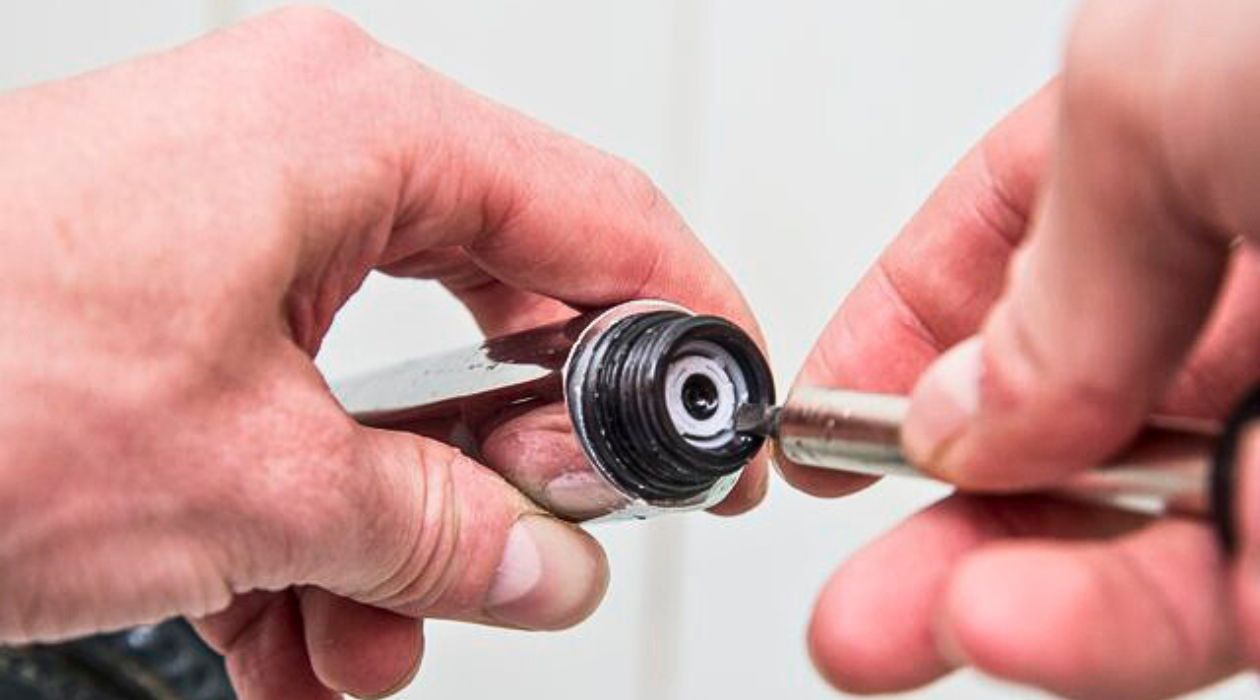

Articles
How To Remove Flow Limiter From Showerhead
Modified: December 7, 2023
Learn how to remove the flow limiter from your showerhead with our informative articles. Discover tips and tricks for improving your shower experience.
(Many of the links in this article redirect to a specific reviewed product. Your purchase of these products through affiliate links helps to generate commission for Storables.com, at no extra cost. Learn more)
Introduction
When it comes to a satisfying shower experience, water pressure plays a crucial role. However, many modern showerheads are equipped with flow limiters, which restrict the water flow and can leave you feeling less than refreshed. If you find yourself craving a more invigorating shower, removing the flow limiter from your showerhead might be the solution you’re looking for.
Flow limiters are devices that restrict the amount of water flowing through a showerhead, typically designed to conserve water and promote water efficiency. While this is beneficial for the environment and can reduce water bills, it may not always meet the preferences and needs of individual users. By removing the flow limiter, you can potentially increase the water pressure and enhance your showering experience.
Before diving into the process of removing the flow limiter from your showerhead, it’s important to understand the reasons why you might want to undertake this task. While it may not be necessary for everyone, there are several situations in which removing the flow limiter can be advantageous.
One common reason for removing the flow limiter is to improve water pressure. If you live in an area with low water pressure or simply prefer a stronger flow, removing the flow limiter can help achieve a more satisfying shower experience. Additionally, if you have multiple showerheads or other water fixtures in your bathroom, removing the flow limiter can help balance the water flow throughout your plumbing system.
However, it’s important to note that removing the flow limiter may lead to an increased water consumption. If you are concerned about conserving water or have water usage restrictions in your area, it’s advisable to reconsider removing the flow limiter and explore alternative methods to enhance your shower experience.
Now that you understand the purpose and potential benefits of removing the flow limiter from your showerhead, let’s delve into the tools and materials you’ll need to get started.
Key Takeaways:
- Increase water pressure and customize your shower experience by removing the flow limiter from your showerhead, but be mindful of potential water consumption and warranty implications.
- Follow safety precautions and test water flow after removing the flow limiter to ensure a satisfying shower experience while avoiding plumbing issues and unnecessary water waste.
Read more: How To Remove The Low-Flow From A Showerhead
Understanding Flow Limiters in Showerheads
Flow limiters, also known as flow restrictors or flow reducers, are small devices installed within showerheads to control the amount of water that can pass through. They are typically designed to meet water efficiency standards and reduce overall water consumption.
The purpose of a flow limiter is to limit the flow rate of water through the showerhead to a predetermined level, usually measured in gallons per minute (GPM). This is done by restricting the size of the water passageways within the showerhead and creating a narrower opening for water to flow through. By limiting the water flow, flow limiters help conserve water and reduce the environmental impact of excessive water usage.
Flow limiters are often mandated by government regulations or water conservation programs. In some areas, building codes may require showerheads to have a flow rate of 2.5 GPM or lower. This is meant to promote water efficiency and encourage users to adopt more sustainable practices.
The flow limiter is typically located inside the showerhead and can be made from various materials such as plastic or metal. It is designed to be removable, allowing users to adjust or remove it if desired. However, it’s important to note that tampering with the flow limiter may void the warranty of the showerhead.
In addition to regulating water flow, flow limiters can also help maintain a consistent water pressure. By restricting the flow, they create a balance between water conservation and providing a satisfactory shower experience. Without flow limiters, the water pressure could be too high, leading to excessive water usage and potentially causing damage to the plumbing system.
It’s worth mentioning that some showerheads come with adjustable flow limiters, allowing users to customize the water flow according to their preferences. This can be a convenient feature for those who want more flexibility in controlling the water pressure without completely removing the flow limiter.
Now that we have a better understanding of flow limiters in showerheads, let’s explore the reasons why you might consider removing them.
Reasons for Removing Flow Limiters
While flow limiters serve an important purpose in conserving water and promoting water efficiency, there are several reasons why you might want to consider removing them from your showerhead:
- Increased water pressure: Flow limiters are designed to restrict water flow to a predetermined level. If you prefer a stronger water pressure for a more invigorating shower experience, removing the flow limiter can help achieve that.
- Better rinsing and cleaning: Insufficient water pressure can make it difficult to thoroughly rinse off soap and shampoo, as well as properly clean the shower stall. By removing the flow limiter, you can ensure better rinsing and more effective cleaning.
- Addressing low water pressure: Some areas may suffer from low water pressure issues. If you live in such an area, removing the flow limiter can help alleviate the problem and provide you with a more satisfying shower experience.
- Multiple showerheads or fixtures: If you have multiple showerheads or other water fixtures in your bathroom, the combined water flow may be insufficient due to the flow limiters. Removing them can help balance the water flow across all the fixtures.
- Customization: Removing the flow limiter allows you to have greater control over your shower experience. You can adjust the water flow and pressure according to your preferences, ensuring a more personalized and enjoyable shower.
However, it’s important to note that removing the flow limiter may result in increased water consumption. If you are conscious about conserving water or if your area has restrictions on water usage, it’s advisable to consider alternative methods to enhance your shower experience without removing the flow limiter completely. For instance, you can choose a showerhead with adjustable settings or explore water-saving showerhead options that provide a satisfying shower experience while still conserving water.
Now that we have explored the reasons for removing flow limiters, let’s move on to the tools and materials you will need to perform this task.
Tools and Materials Needed
Before you embark on the process of removing the flow limiter from your showerhead, it’s important to gather the necessary tools and materials. Here’s a list of items you will need:
- Adjustable wrench or pliers: These tools will be used to loosen and remove the showerhead from the shower arm. Make sure to choose a wrench or pliers that fit the size of your showerhead securely.
- A towel or cloth: This will come in handy to protect the finish of your showerhead and provide grip when loosening or tightening the showerhead.
- Teflon tape: Also known as plumber’s tape, this thin white tape is used to create a watertight seal. It will be used when reattaching the showerhead to the shower arm.
- Bucket or container: Having a bucket or container nearby can be helpful to catch any water that may spill out during the removal process.
It’s important to ensure that you have these tools and materials ready before you begin. This will help streamline the process and make it easier to complete the task without any interruptions.
One additional point to consider is that different showerhead models and manufacturers may have different mechanisms for installing and removing the flow limiters. Therefore, it’s always a good idea to consult the manufacturer’s instructions or do some research specific to your showerhead model before proceeding. This will ensure that you have a clear understanding of the process and any specific requirements you may need to consider.
Now that you have everything you need, let’s move on to the step-by-step guide to removing the flow limiter from your showerhead.
You can remove the flow limiter from a showerhead by unscrewing the showerhead from the pipe, locating the flow restrictor inside, and using pliers to carefully remove it. Be sure to reassemble the showerhead securely to prevent leaks.
Step-by-Step Guide to Removing Flow Limiter from Showerhead
Removing the flow limiter from your showerhead is a relatively simple process. Follow these step-by-step instructions to successfully remove the flow limiter:
- Turn off the water: Before you start working on your showerhead, make sure to turn off the water supply to your shower. You can do this by turning the valve or handles in your bathroom that control the water flow.
- Protect the finish: Wrap a towel or cloth around the showerhead to protect its finish from scratches or damage. This will also provide you with a better grip when loosening or tightening the showerhead.
- Remove the showerhead: Use an adjustable wrench or pliers to loosen the showerhead by turning it counterclockwise. Be careful not to apply excessive force to avoid damaging the shower arm or plumbing connections.
- Locate the flow limiter: Once you have removed the showerhead, you will be able to access the flow limiter. It is typically located inside the showerhead where the water enters.
- Remove the flow limiter: Depending on your showerhead model, the flow limiter may be a separate component or a small disc. Use your fingers or a pair of pliers to carefully remove the flow limiter from the showerhead. Be gentle to avoid breaking or damaging the showerhead.
- Inspect and clean: Take a moment to inspect the flow limiter and clean any mineral deposits or debris that may have accumulated. This will ensure the optimal functioning of your showerhead in the future.
- Reassemble the showerhead: Once you have removed the flow limiter, reassemble the showerhead by screwing it back onto the shower arm. Use an adjustable wrench or pliers to tighten it securely, taking care not to overtighten.
- Use Teflon tape: Apply a few wraps of Teflon tape around the threads of the shower arm before reattaching the showerhead. This will help create a watertight seal and prevent any potential leaks.
- Turn on the water: Once the showerhead is securely attached, turn on the water supply and test the water flow. You should notice an increase in water pressure and a more satisfying shower experience without the flow limiter.
Keep in mind that removing the flow limiter may impact your water usage and could potentially void the warranty of your showerhead. Additionally, it’s important to follow any manufacturer’s instructions or guidelines specific to your showerhead model to ensure the proper removal process.
Now that you have successfully removed the flow limiter from your showerhead, it’s time to test the water flow and make sure everything is functioning as desired.
Testing the Water Flow
After removing the flow limiter from your showerhead, it’s important to test the water flow to ensure that everything is working as expected. Here’s how you can test the water flow:
- Turn on the shower: Start by turning on the water supply to the shower. Gradually increase the water flow to the desired level.
- Observe water pressure: Pay attention to the water pressure and see if it has improved after removing the flow limiter. You should notice a difference in the water flow and pressure compared to when the flow limiter was in place. If the water pressure is still not satisfactory, you may need to explore other potential causes for low water pressure in your plumbing system.
- Check for leaks: As the water flows, inspect the connections between the showerhead and the shower arm for any signs of leaks. If you notice any leaks, tighten the connections further or consider using Teflon tape to create a better seal.
- Adjust water flow: If you find the water flow to be too strong or too weak, you can adjust it using the showerhead’s built-in controls or by adjusting the water flow at the main water valve in your bathroom. Experiment with different water flow settings until you find the desired balance.
- Enjoy your shower: Once you are satisfied with the water flow, take a moment to enjoy your rejuvenated shower experience. Feel the difference in water pressure and appreciate the enhanced showering sensation that comes with removing the flow limiter from your showerhead.
It’s important to note that removing the flow limiter may result in increased water consumption. If you are concerned about water conservation or have water usage restrictions in your area, it’s advisable to explore alternative methods to enhance your shower experience without completely removing the flow limiter. This may include choosing a showerhead with adjustable settings or opting for water-saving showerhead options that provide a satisfying shower while still conserving water.
By testing the water flow and ensuring everything is functioning properly, you can enjoy a more invigorating and personalized shower experience. However, it’s important to periodically check for any changes in water pressure or leaks to address any potential plumbing issues that may arise over time.
Now that you have tested the water flow and everything is in working order, it’s crucial to keep in mind some precautions and safety measures when removing flow limiters from your showerhead, which we will discuss in the next section.
Precautions and Safety Measures
As with any DIY project, it’s important to take precautions and follow safety measures when removing the flow limiter from your showerhead. Here are some key precautions to keep in mind:
- Turn off the water supply: Before you begin working on your showerhead, ensure that the water supply to the shower is turned off. This will help prevent any accidental water flow or leaks during the removal process.
- Handle the showerhead with care: When removing and reattaching the showerhead, be gentle to avoid damaging the showerhead or the plumbing connections. Use a towel or cloth to protect the finish and provide better grip when handling the showerhead.
- Use the right tools: Use adjustable wrenches or pliers that fit securely to avoid causing damage to the showerhead or plumbing connections. Using the wrong tools can result in stripped screws or broken parts.
- Be mindful of warranty: Removing the flow limiter from your showerhead may void the manufacturer’s warranty. Consider the implications before proceeding with the removal, as it could impact any potential claims or repairs in the future.
- Check local regulations: Ensure that removing the flow limiter is allowed in your area and complies with local regulations. Some regions may have specific restrictions in place to promote water conservation.
- Inspect for leaks: After reassembling the showerhead, carefully check for any signs of leaks. If you notice leaks, tighten the connections further or consider using Teflon tape to create a better seal.
- Monitor water consumption: Keep an eye on your water usage after removing the flow limiter. If you notice a significant increase, be mindful of your water usage to avoid unnecessary waste.
If you are unsure about any aspect of the process or encounter difficulties, it’s always a good idea to consult a professional plumber for assistance. They can provide guidance and ensure the removal is done correctly without causing any damage to your plumbing system.
Remember, safety should always be a priority, and if you are not confident in your ability to remove the flow limiter or if you have concerns about impacting your plumbing system, it’s best to seek professional help.
Now that we have covered the precautions and safety measures, let’s conclude our article on removing the flow limiter from your showerhead.
Conclusion
Removing the flow limiter from your showerhead can be a simple and effective way to increase water pressure and enhance your shower experience. By following the step-by-step guide and taking necessary precautions, you can successfully remove the flow limiter and enjoy a more invigorating shower.
While removing the flow limiter may improve your water pressure and provide a customized shower experience, it’s important to consider the potential impact on water consumption and any local water usage regulations. Be mindful of your water usage and explore alternative methods, such as adjustable showerheads or water-saving options, if you are concerned about water conservation.
Remember to handle the showerhead with care during the removal process and use the proper tools to avoid causing damage. Additionally, be aware that removing the flow limiter may void the manufacturer’s warranty, so consider the implications before proceeding.
By testing the water flow and checking for leaks after removing the flow limiter, you can ensure that everything is working as desired. Monitor your water consumption and address any plumbing issues that may arise over time.
Ultimately, the decision to remove the flow limiter from your showerhead is a personal choice based on your preferences and needs. If you are unsure or uncomfortable with the process, it’s always recommended to consult a professional plumber for assistance.
Now that you have the knowledge and understanding of removing flow limiters from showerheads, you can make an informed decision about whether it’s the right choice for you. Enjoy your rejuvenated shower experience and the invigorating water pressure that comes with it!
Frequently Asked Questions about How To Remove Flow Limiter From Showerhead
Was this page helpful?
At Storables.com, we guarantee accurate and reliable information. Our content, validated by Expert Board Contributors, is crafted following stringent Editorial Policies. We're committed to providing you with well-researched, expert-backed insights for all your informational needs.
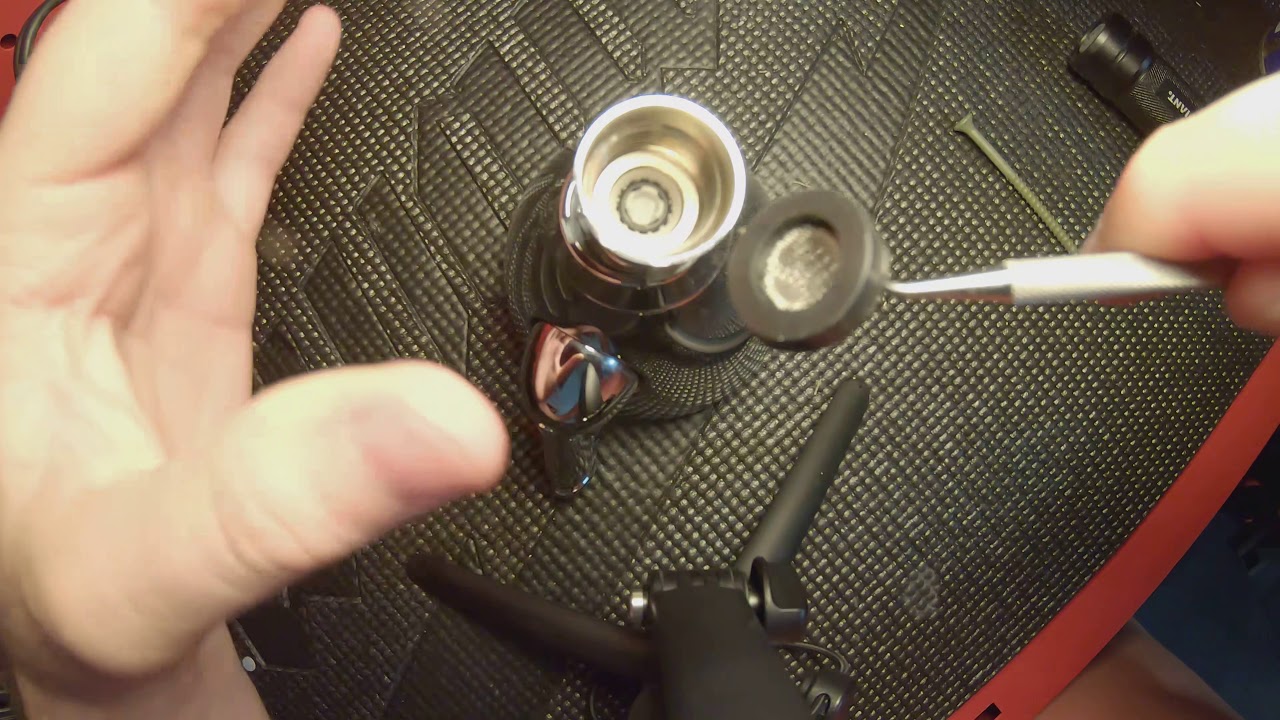
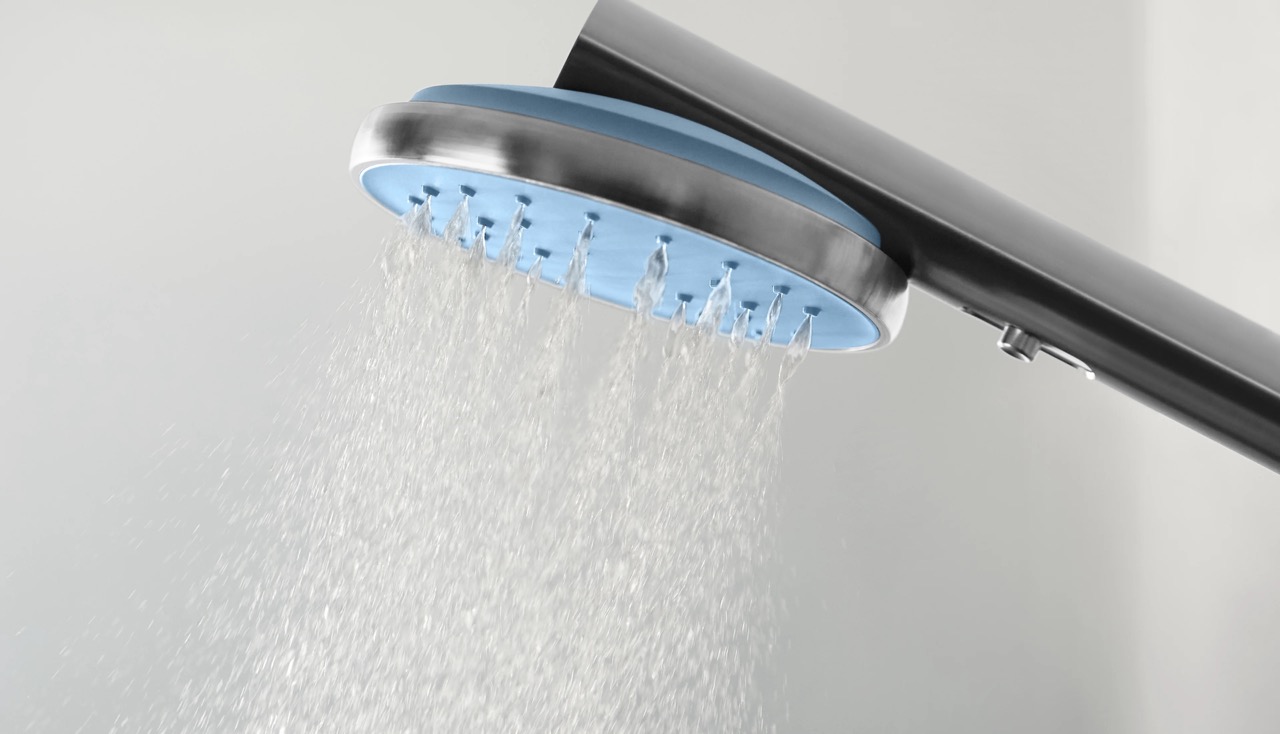
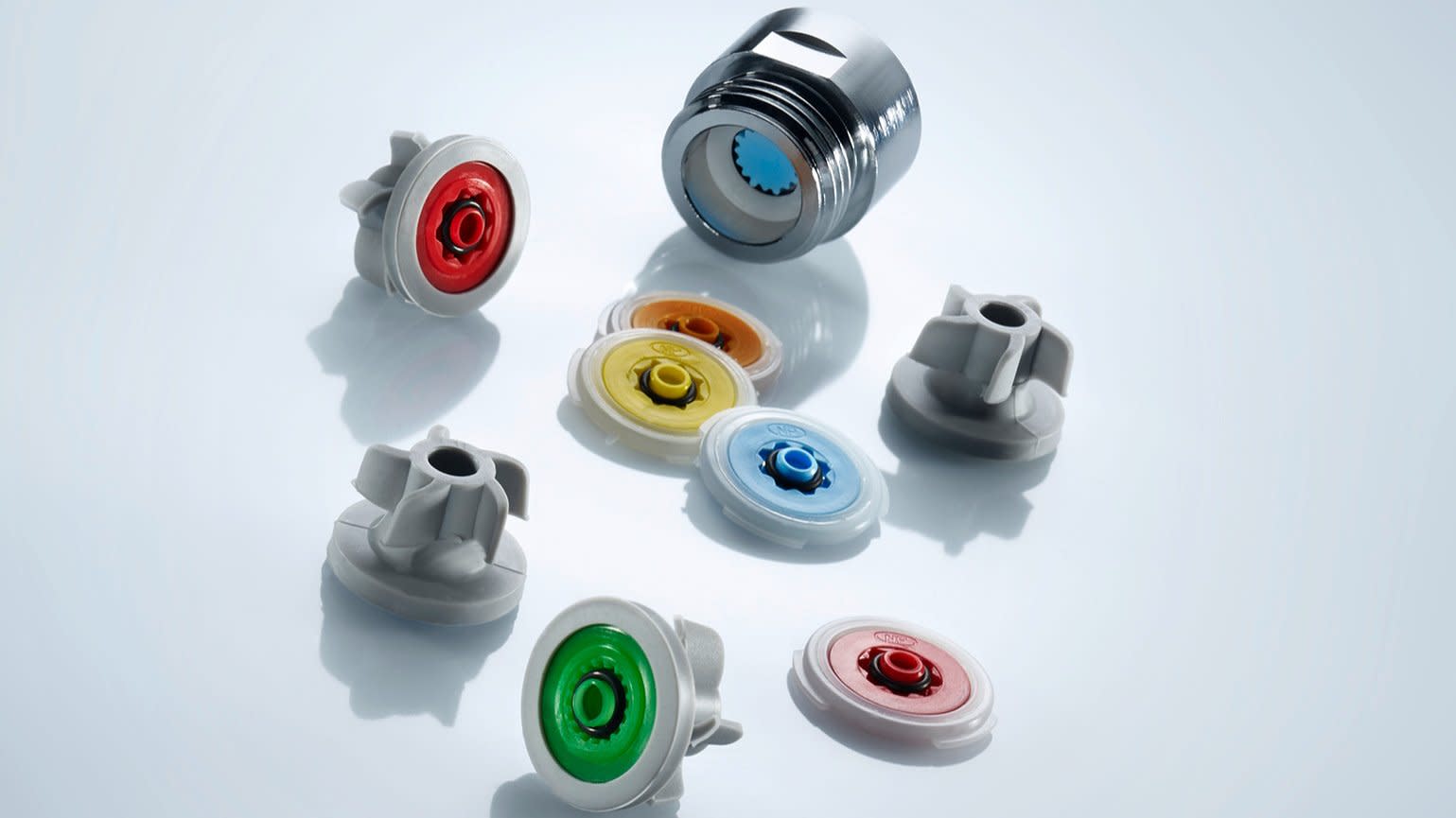
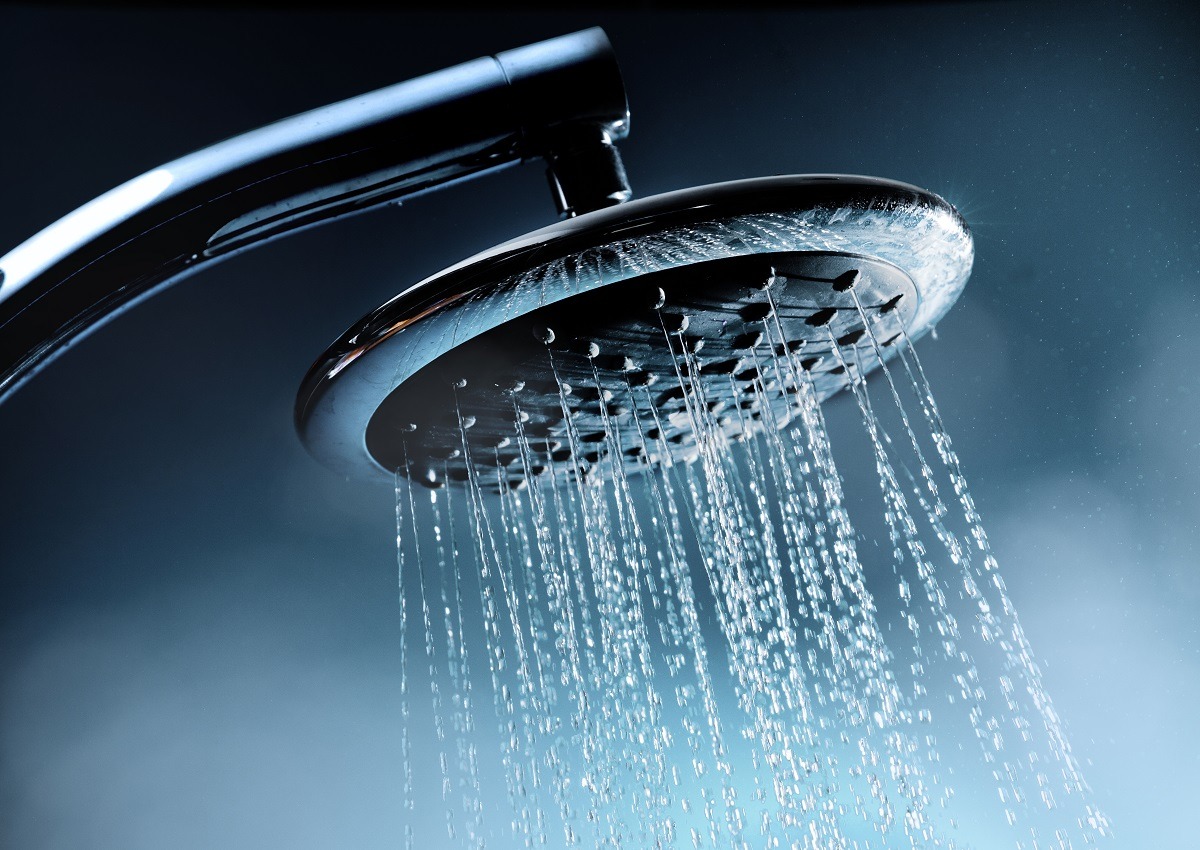
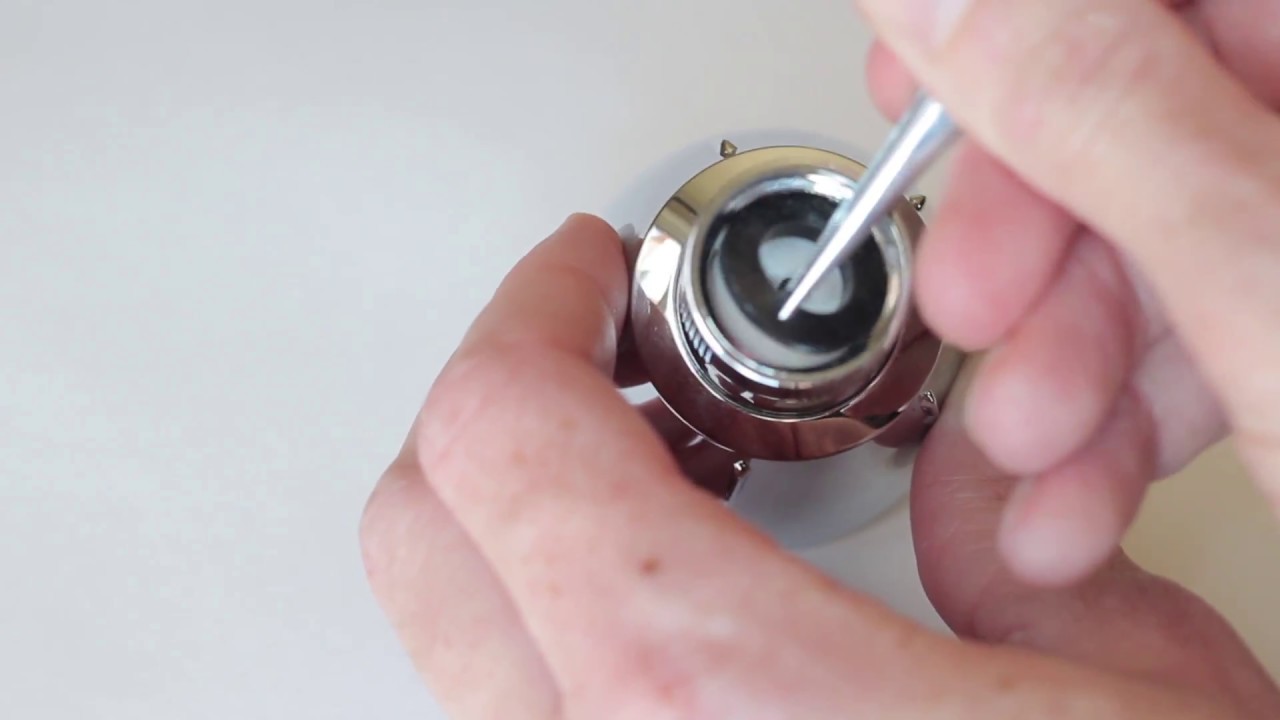
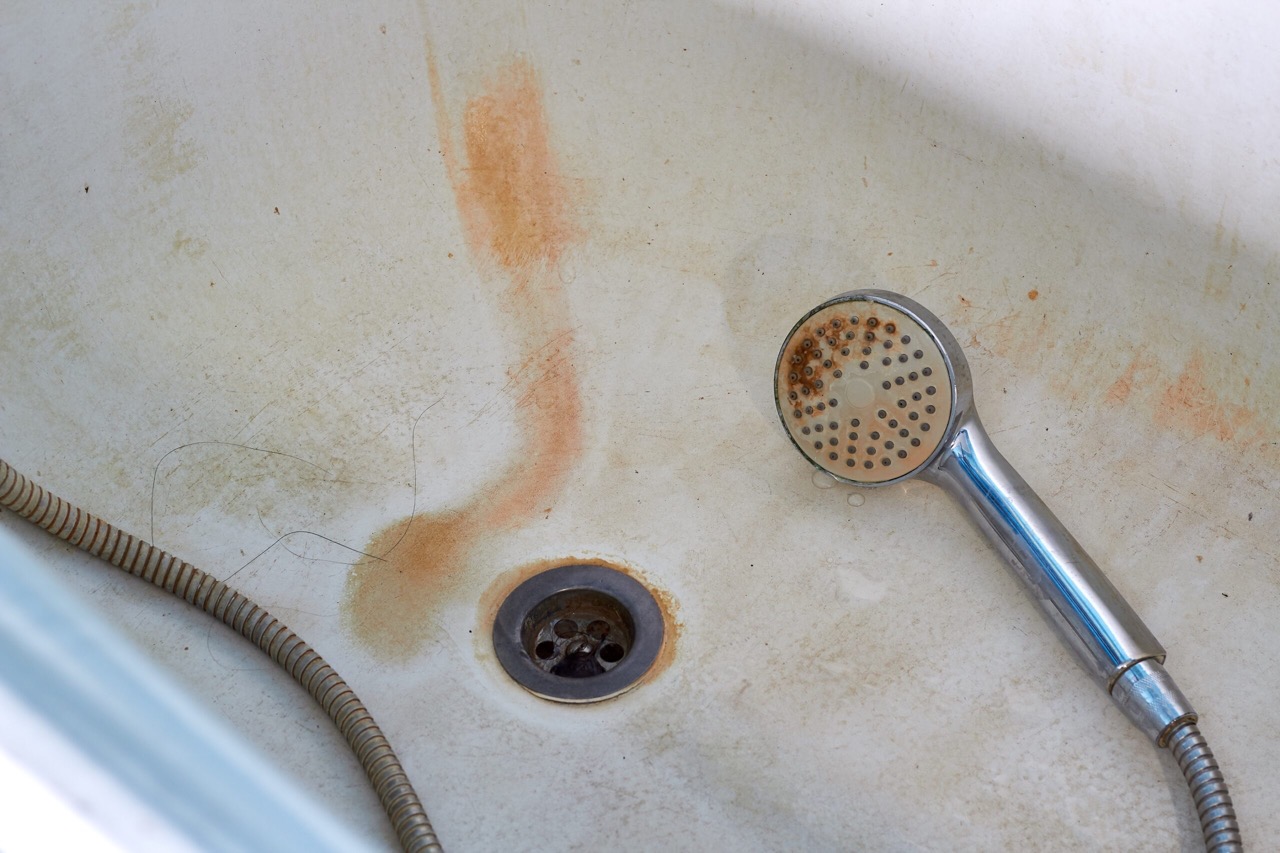
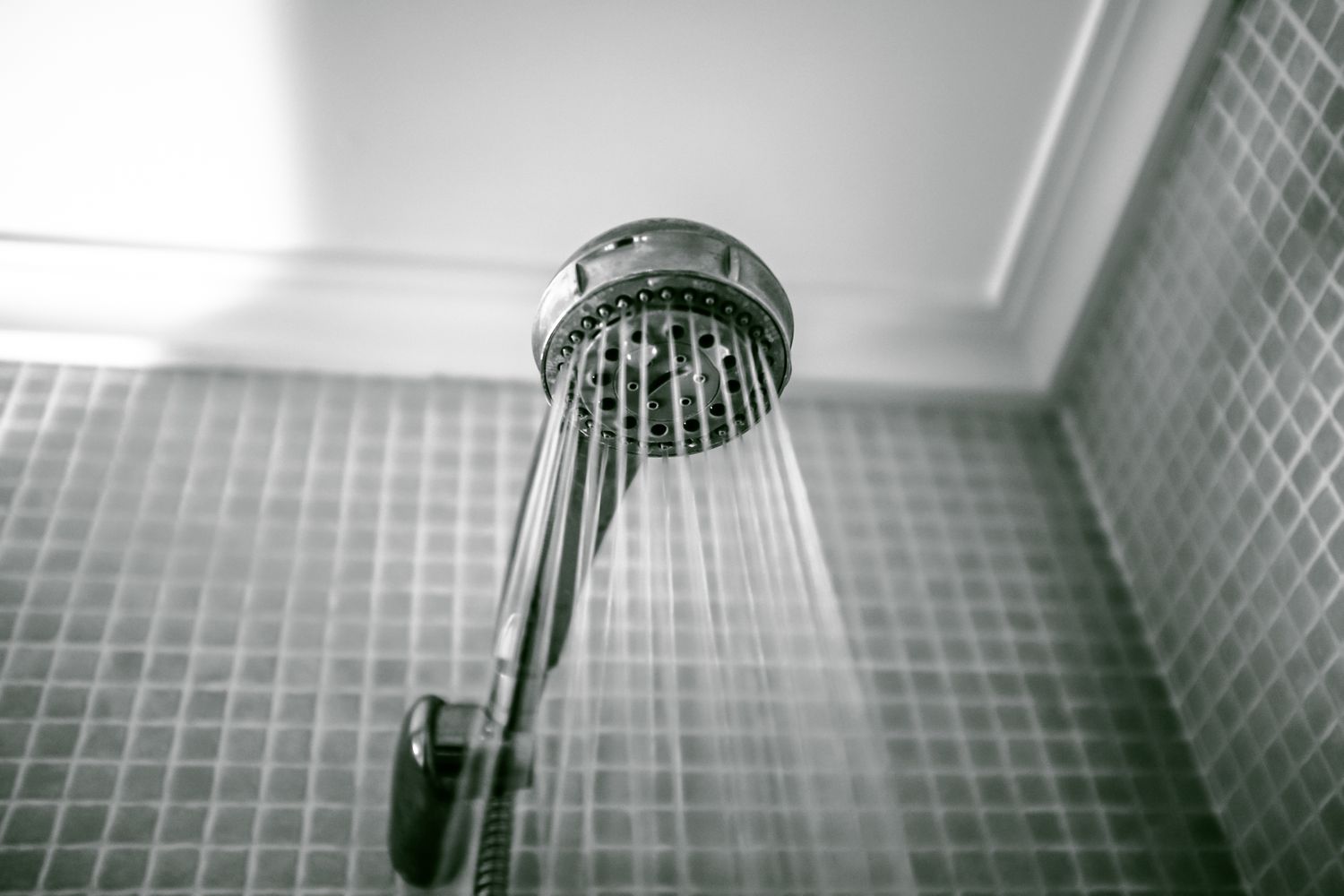
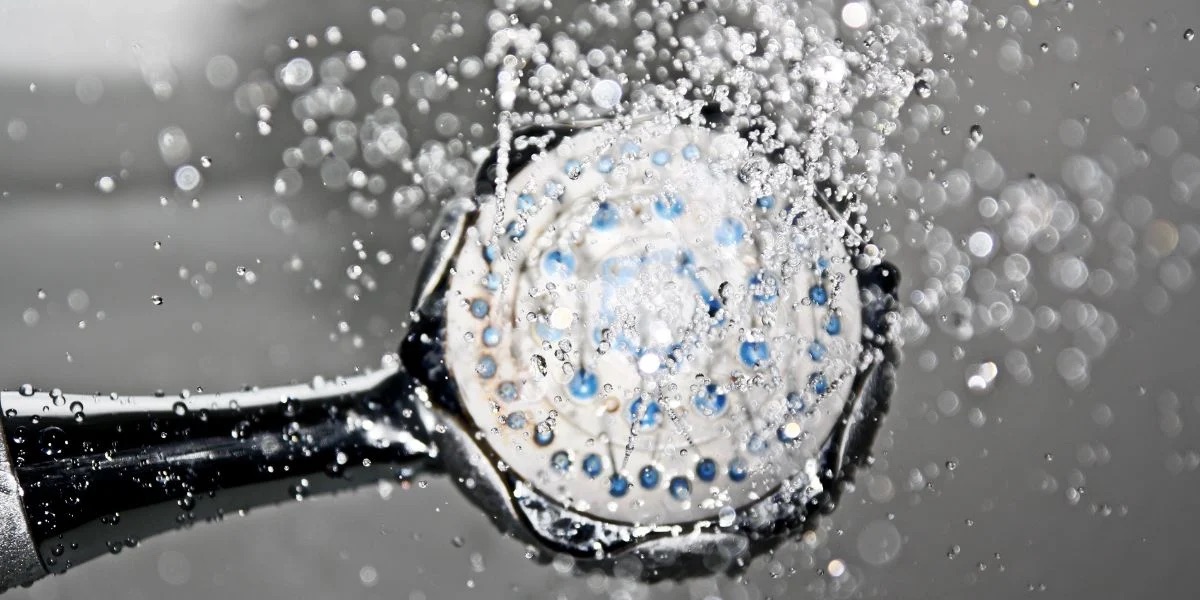
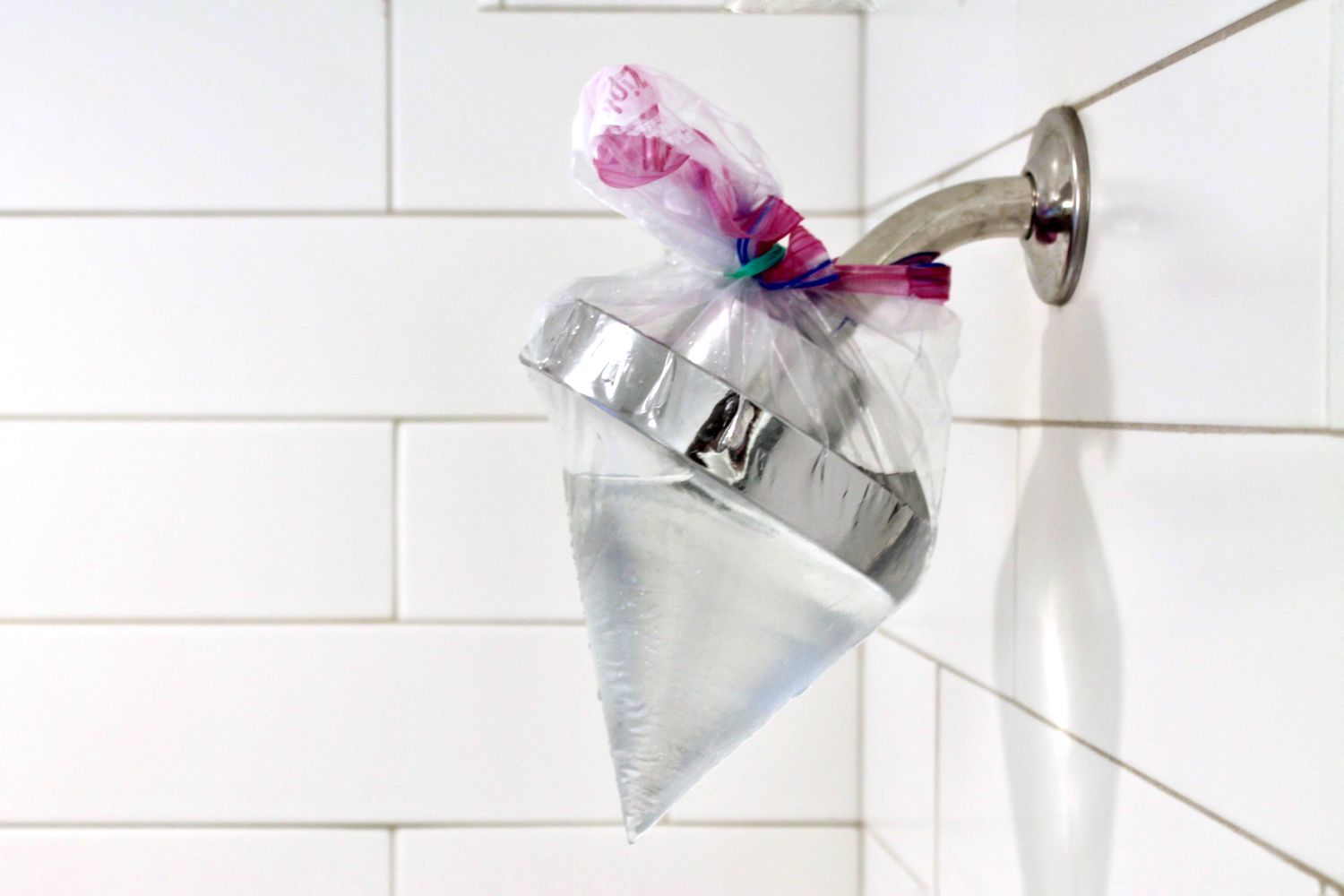
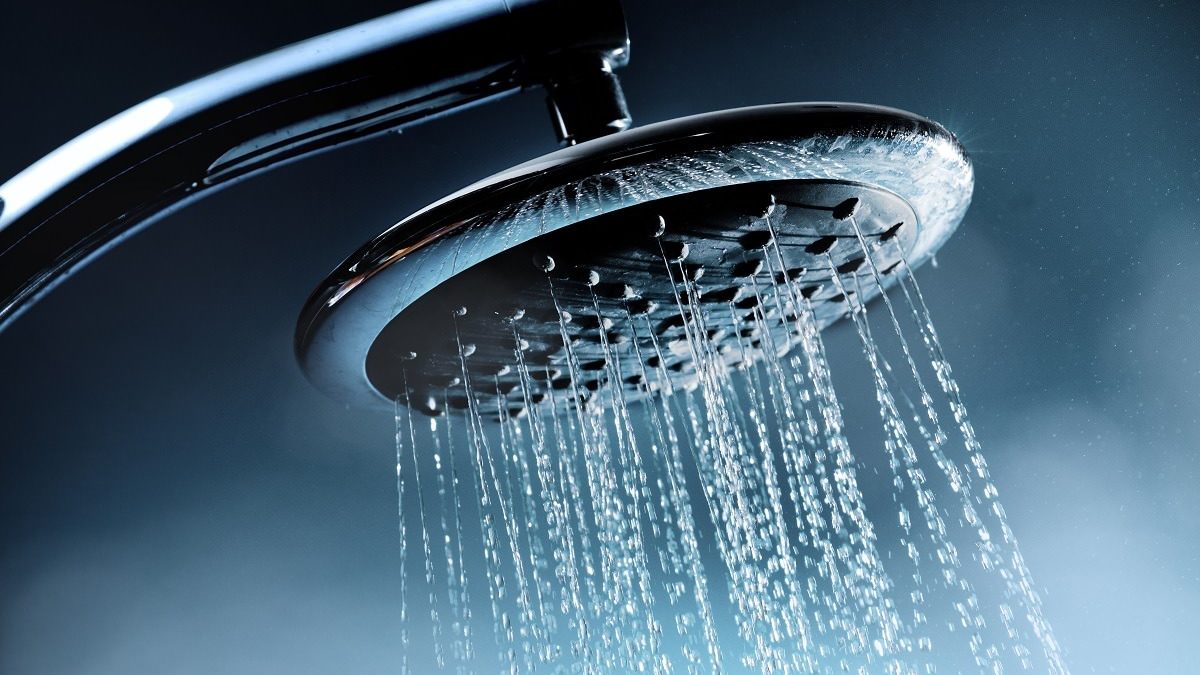
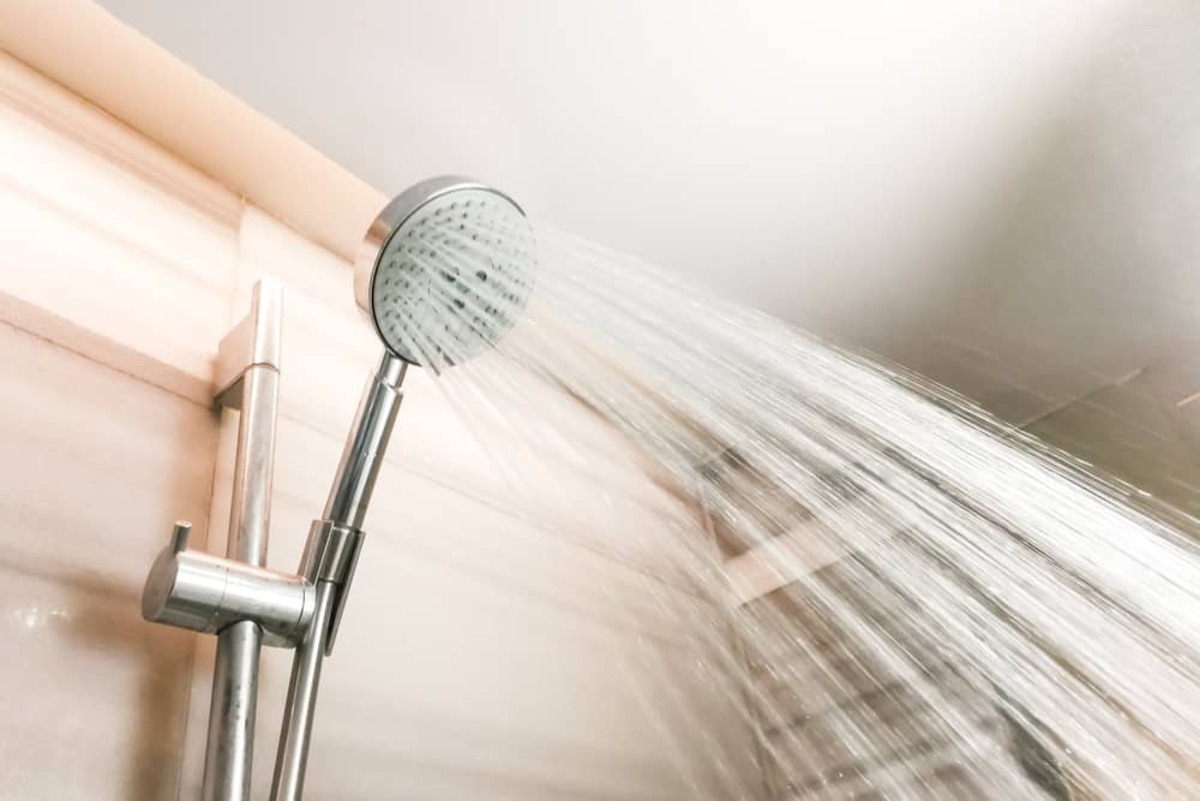
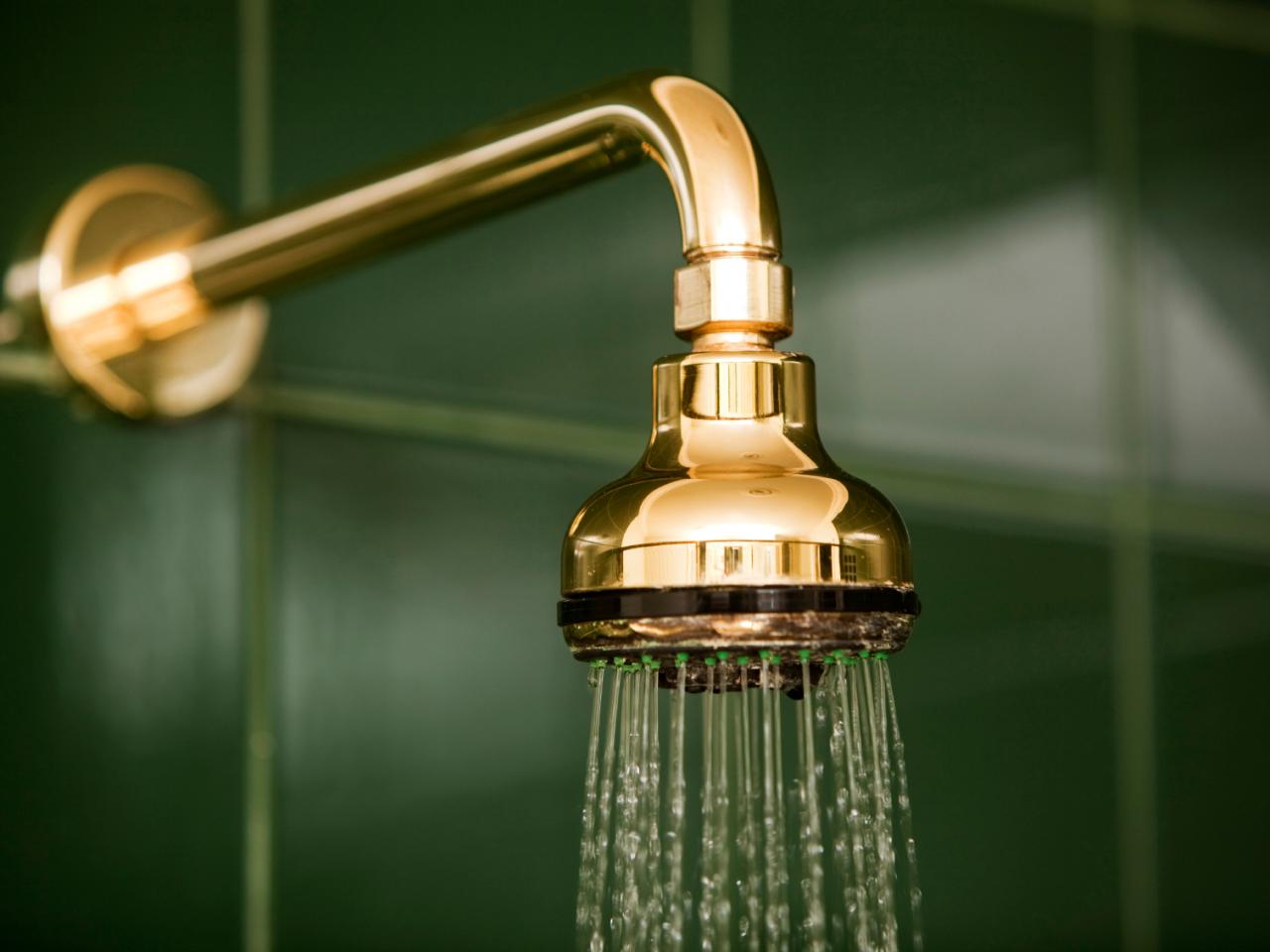
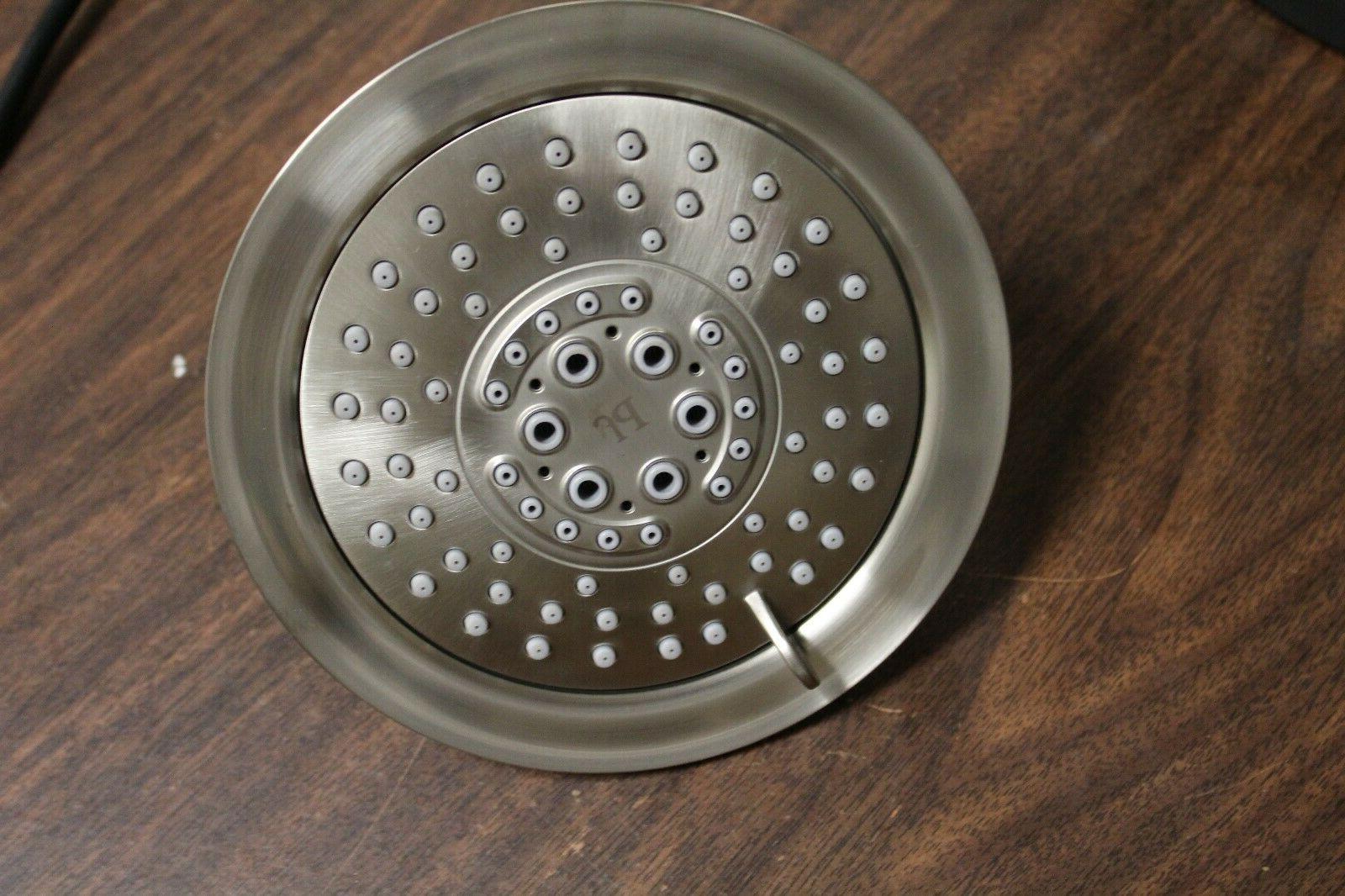
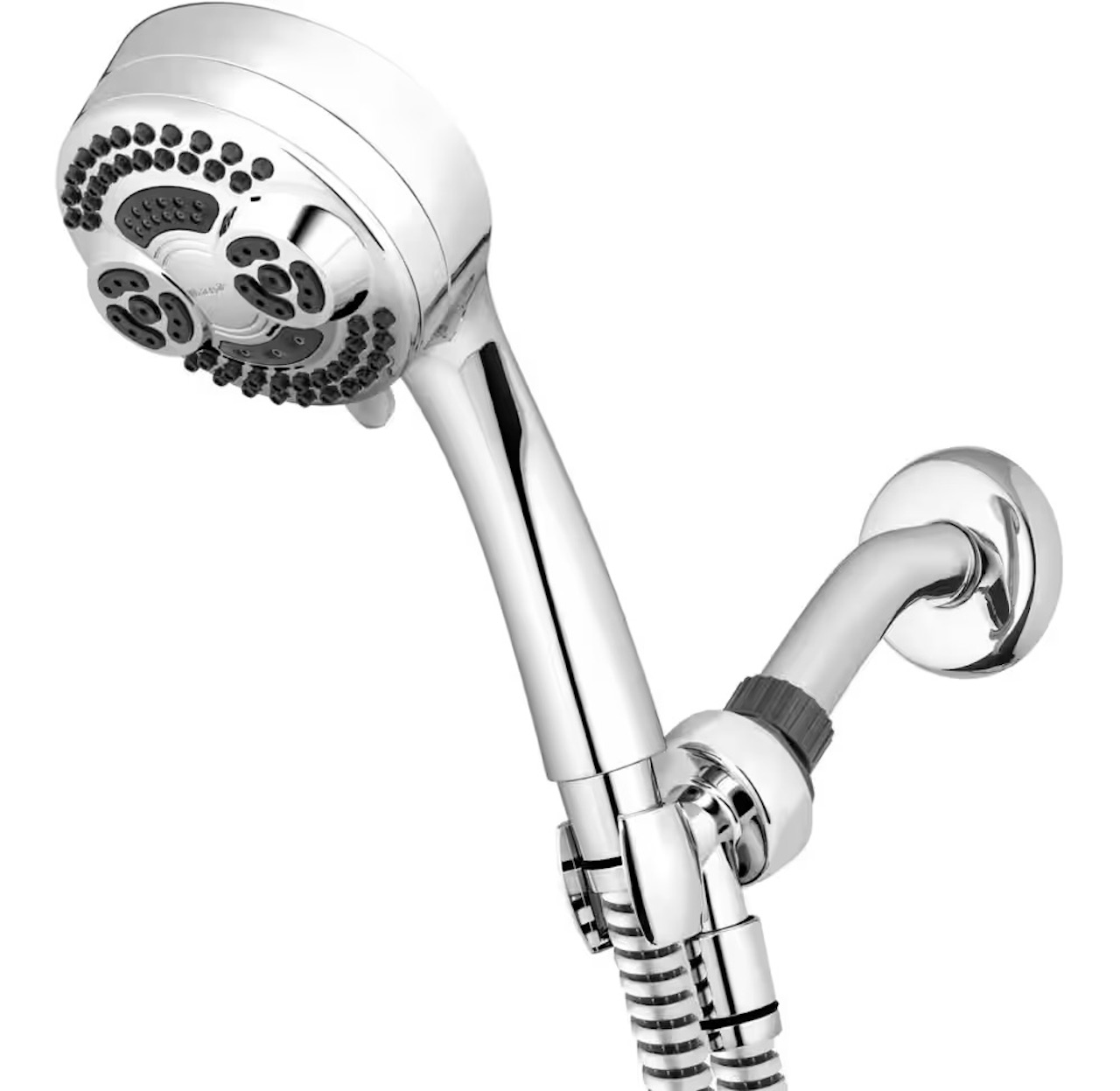

0 thoughts on “How To Remove Flow Limiter From Showerhead”